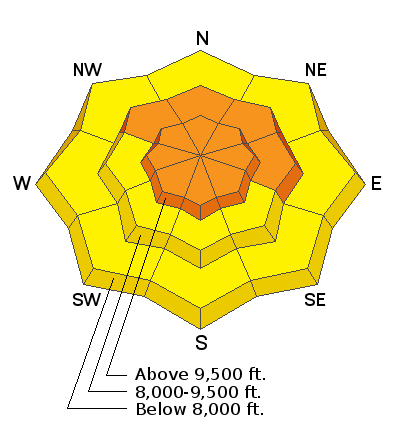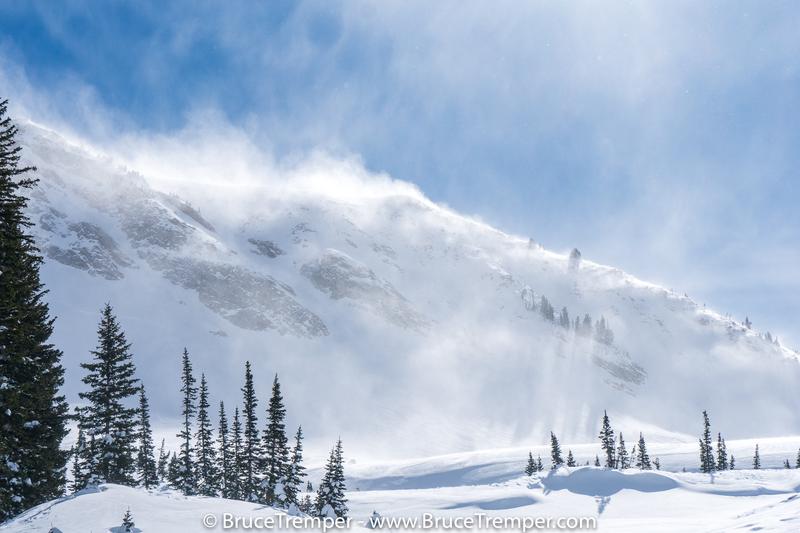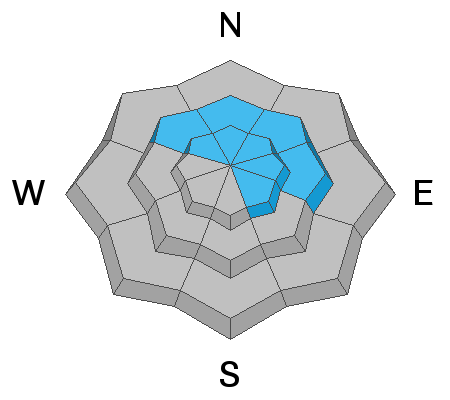Forecast for the Provo Area Mountains

Issued by Evelyn Lees on
Saturday morning, February 9, 2019
Saturday morning, February 9, 2019
Dangerous avalanche conditions. The avalanche danger is CONSIDERABLE on and below the steep, wind drifted slopes at mid and upper elevations. Human triggered avalanches are likely and natural avalanches possible. Some avalanches may be triggered at a distance or from below. Be aware of what is above you, and avoid travel in avalanche runout zones such as the bottom of gullies and couloirs and travel below slopes being loaded by the wind. The growing cornices are unstable, and will break back further than expected.
Seek out terrain without wind-drifts or wind slabs. Wind sheltered, low and mid elevation terrain with nothing steep above has a much lower avalanche danger (and much better turning conditions!).

Low
Moderate
Considerable
High
Extreme
Learn how to read the forecast here










